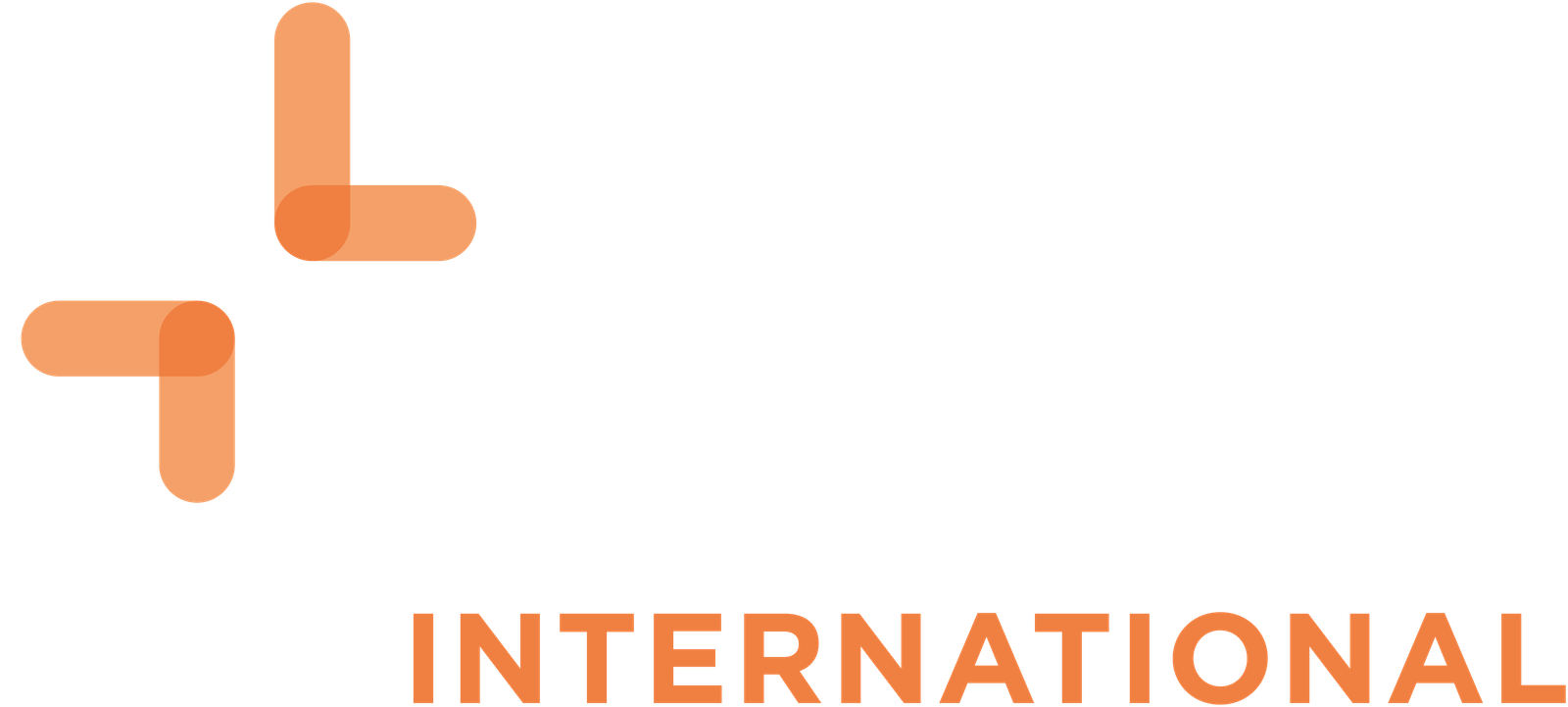Conditions & Diseases
Herniated Disc
What is a Herniated Disc?
A herniated disc, often referred to as a slipped or ruptured disc, is a condition that affects the rubbery cushions (discs) located between the vertebrae that make up the spinal column. Each spinal disc comprises a tough outer shell (annulus) encapsulating a soft, jelly-like core (nucleus). When a portion of the nucleus protrudes through a tear in the annulus, it results in a herniated disc.
While herniated discs can occur anywhere along the spine, they most commonly manifest in the lower back. The specific symptoms experienced by an individual with a herniated disc depend on its location. It can lead to discomfort, numbness, or weakness in an arm or leg, contingent upon where the herniation occurs.
It’s worth noting that many individuals with herniated discs remain asymptomatic, and for those who do experience symptoms, most often, they improve with time.
Have you been diagnosed with a Herniated Disc?
Get started with Healwise to receive free and professional healthcare assistance from start to finish.
Submit your information today and get treatment & hospital recommendations fast, with no obligation to commit.
Symptoms
The symptoms of herniated discs predominantly appear in the lower back, although they can occasionally affect the neck. The location of the herniated disc and whether it compresses a nerve will dictate the specific signs and symptoms, with typically only one side of the body being affected.
Common symptoms include:
-
Leg or Arm Pain: If the herniated disc is in the lower back, individuals may experience pain not only in the lower back but also in the buttocks, thigh, calf, and even the foot. In cases of cervical herniated discs, the pain typically radiates into the shoulder and arm. This pain is often described as sharp or searing.
-
Tingling or Numbness: Herniated discs can cause numbness or tingling sensations in the areas served by the affected nerves.
-
Muscle Weakness: When the nerves supplying muscles are affected, it can lead to muscle weakness, which may impact balance and the ability to lift or hold objects.
It’s important to note that some individuals may have a herniated disc without experiencing any symptoms, only discovering it through a spinal scan.
Diagnosis
Diagnosing a herniated disc typically begins with a physical examination by a healthcare provider, assessing range of motion and identifying stiffness in the back. To pinpoint the source of pain, patients might be asked to lie flat and move their legs into different positions during the examination.
Additionally, a neurological examination may be conducted to assess reflexes, muscular strength, walking ability, and sensory perception, including the capability to feel vibrations, pinpricks, and light touches.
In most cases, a physical examination and medical history are sufficient for diagnosing herniated discs. However, if other conditions are suspected or more precise information is required, various imaging and nerve tests may be ordered, including:
-
Imaging Examinations: These include X-rays, CT scans, and MRIs to visualize the spine and identify the exact location of the herniated disc.
-
Nerve Tests: Electromyograms (EMG) and nerve conduction tests measure the electrical impulses in nerve tissue to help pinpoint the area of nerve injury.
Treatment
Conservative treatments are often effective in relieving symptoms of herniated discs and include activity modification to avoid pain-triggering movements and the use of pain relievers, such as over-the-counter medications, neuropathic medications, muscle relaxants, or, in some cases, short-term opioids.
Physical therapy is another valuable treatment option, where physical therapists provide guidance on postures and exercises aimed at reducing herniated disc-related discomfort.
Surgery may be considered if conservative treatments fail to provide relief after six weeks, particularly in cases involving uncontrollable pain, weakness, difficulty walking or standing, or loss of bowel or bladder control. Surgical procedures typically involve removing the protruding portion of the disc or, in rare cases, the entire disc. Surgical interventions may also entail the use of bone grafts and spinal hardware to stabilize the spine, promoting bone fusion.
In summary, a herniated disc is a condition in which the soft interior of a spinal disc protrudes through a tear in its outer shell. Symptoms vary depending on the location of the herniation, with common indications including pain, numbness, tingling, and muscle weakness. Diagnosis typically involves a physical examination, medical history, and various imaging and nerve tests. Treatment often begins conservatively, with pain management, physical therapy, and surgery being considered in more severe or persistent cases. Early diagnosis and appropriate treatment can help individuals manage herniated discs effectively and improve their quality of life.
Healwise provides solutions for individuals facing health challenges like a Herniated Disc. For individuals seeking relief from a herniated disc, we offer a range of advanced treatment options. These include Microdiscectomy (Microdecompression), Laser Discectomy, Endoscopic Discectomy (UBE), Cervical Discectomy with Prosthesis, Cervical Discectomy with Cage, Thoracic Discectomy, and Thoracic MIS Fixation.
Find Free & Quick Help with Healwise

Discover top doctors who can treat a Herniated Disc.
Healwise gives you top neurosurgery expert recommendations in nearby countries, and supports you from start to finish. All at no extra cost to you.

